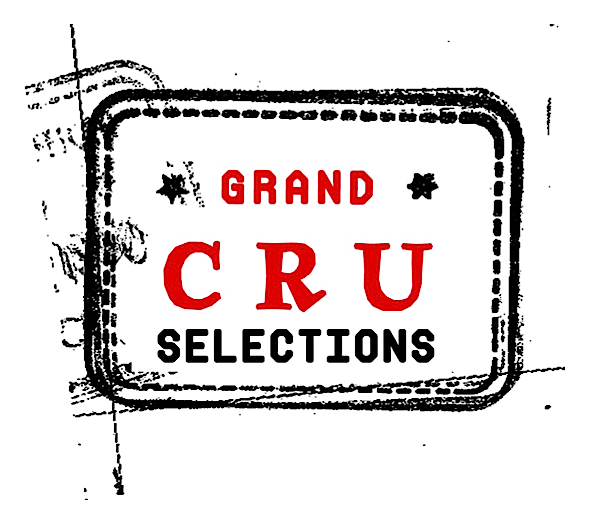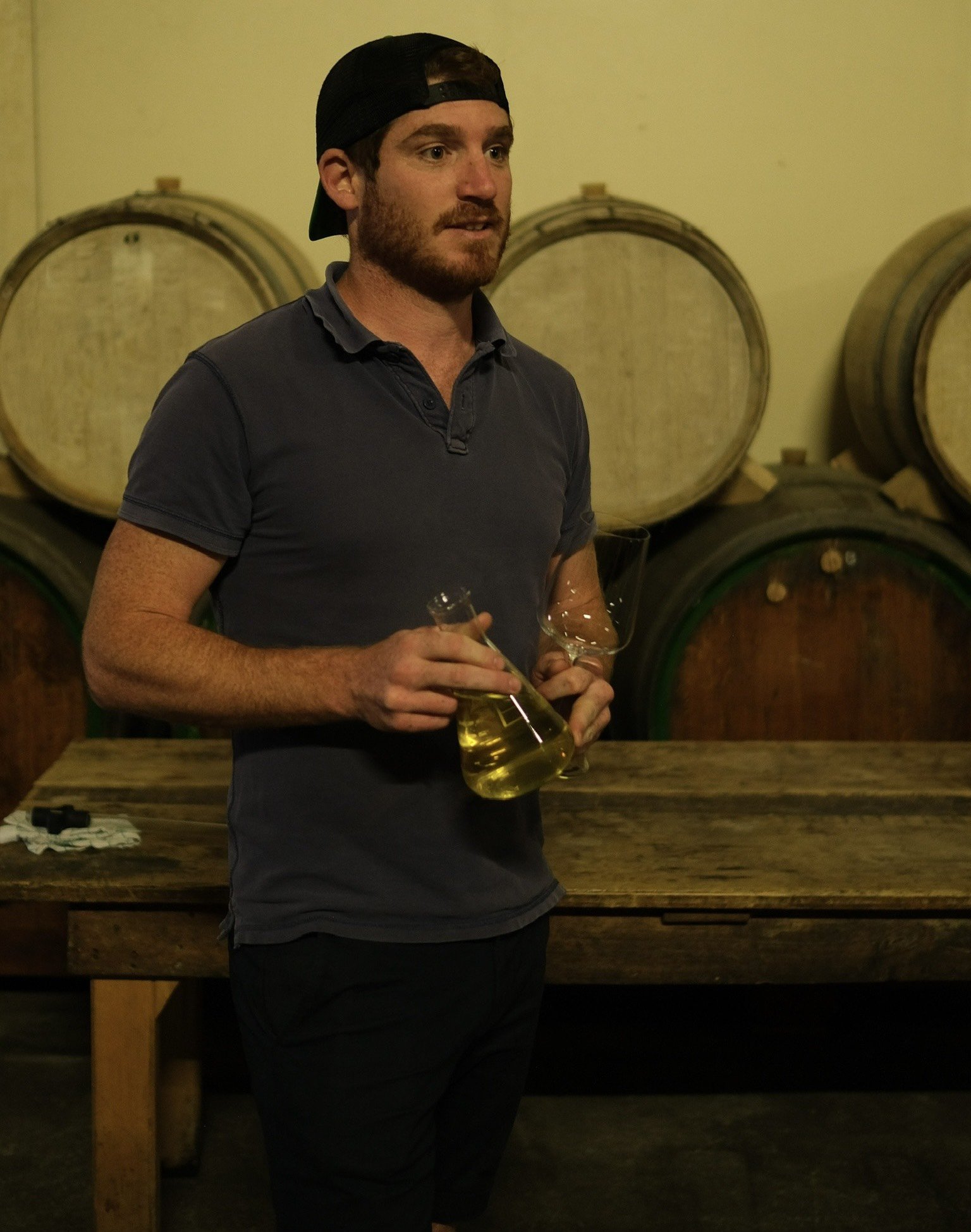Jean-Baptiste Hardy
Mouzillon, Muscadet, Loire Valley, France
Jean-Baptiste Hardy
On a recent visit, we found Muscadet - in the far western Loire Valley - in the midst of a renaissance. An emergence of talented young vignerons are inheriting small plots from their family’s historic estates and applying a more artisanal approach to farming and a healthy curiosity in the cellar.
Enter Jean-Baptiste Hardy, who in 2018, returned to his family’s estate in Mouzillon on the banks of the Sanguèze river, to revive some of his family’s best parcels over diverse terroirs.
After traveling the world with formative work experiences at a few domaines dear to our heart (including Bodegas Chacra & Domaine Roulot), he returned with a better understanding of his hometown’s potential. Mouzillon, at the heart of the Muscadet Sèvre et Maine, one finds soils composed of gabbro (volcanic rocks) and silica-clay, where Jean-Baptiste manages to coax out wines of texture and freshness that we loved immediately, reminiscent of great Chablis. The potential is here and we’re betting this young winemaker will become one of the appellation's stars.
-
Jean-Baptiste Hardy took over just under four hectares of old vines from massale section, planted between 1950 and 1960 at the end of 2018 in the commune of Mouzillon (Muscadet). His first vintage premiered in 2020 with two single plot bottlings. Taking the reins at his parent’s estate in early 2022, he plans to apply his style of farming to an additional 10 ha over time and rent the rest of the vines.
-
Mouzillon, a cru communal since 2019, is found in the easternmost part of the Muscadet Sèvre et Maine region. The woody meanderings of the Sanguèze river, at the heart of Mouzillon-Tillières, create a unique ambiance: rows of grapevines rise from the hills around the river like a series of islets. Moderately deep soils are composed of coarsely decomposed gabbro (magmatic rock), locally known as “chappe,” often topped by a surface of sand and clay.
-
The vineyard is worked organically with biodynamic preparations. Immediately upon taking over these 4 hectares, Jean-Baptiste began redoing the installation of the entire vineyard trellising in order to promote better management of the vines and to achieve perfect maturity of the fruit. Then he set out to work the soils and bring in cow manure to nourish the soil. During the summer season, there is a lot of work in the vineyard: debudding, splitting, trellising, thinning.
-
The grapes are harvested by hand and pressed at low pressure in order not to extract any astringency. A light sulfiting is done at the exit of the press to keep a healthy environment and that the natural alcoholic fermentation takes place in good conditions.
Traditionally vinified for 12 months on the lees in glass-lined underground tanks. The alcoholic fermentation generally takes place during the winter (it can last until spring). Moreover, malolactic fermentation is naturally done in the different containers.
The wines are subjected to a light battonage in order to keep the fine lees and then the wines are racked so that they are put in mass in glassed underground tanks for 6 months. The bottling is done directly in the vat without fining, nor filtration, and without addition of sulfite.
Wines
Cuvée Fief de Chaintre
100% Melon de Bourgogne from old massale selections, planted in 1960. Northern exposure with loam/silt soil with gabbro subsoil. Vinified for 12 months on less with own yeast in 450L barrels and concrete diamond vats. Afterwards blended in glassed underground vats for 6 months.
Clos de Lozangère
100% Melon de Bourgogne from massale selections planted in 1950 in Mouzillon. Southern exposition with sandy loam/silt soil with gabbro subsoil. Vinified for 12 months on less with own yeast in 450L barrels. Afterwards blended in glassed underground vats for 6 months.
Eclats
100% Melon de Bourgogne from several plots planted on Gabbro soil. Traditionally vinified for 18 months on lees with native yeasts in underground glass-lined tanks. Unfined and unfiltered.
L’Aubier
100% chardonnay from a single plot of young vines(15 years). The plot faces his Fief de Chaintre plot. Traditionally vinified for 12 months on lees with native yeast in 600L barrels and amphora, then aged in an underground glass-lined tank for 6 months. Unfined and unfiltered.
Ponceau Rouge
Predominately Merlot blended with Cabernet Franc and Cabernet Sauvignon planted in 1994 on granite and clay soils. Southern exposition Aged 18 months in 228L barrels. Bottled without fining or filtration.

